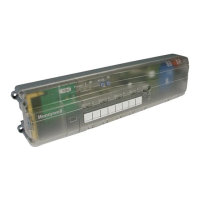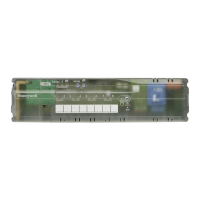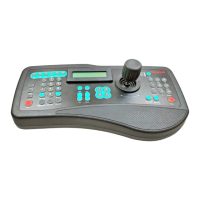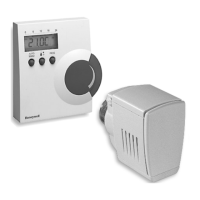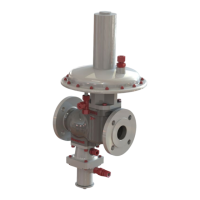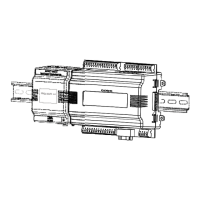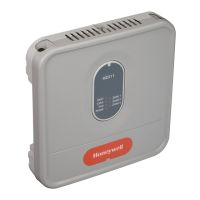Introduction
Modbus/TCP Interface
2 HC900 Process Controller Communications User Guide Revision 13
April 2017
1.2 Modbus/TCP Interface
Introduction
HC900 controllers support the Modbus/TCP (also called Modbus TCP/IP or Modbus Ethernet) protocol for
communications with third party HMI and SCADA software via a direct Ethernet TCP/IP connection.
The controller’s Ethernet 10/100Base-T Host port is used for the Modbus/TCP connection. Ethernet TCP
allows multiple concurrent connections to hosts for data interchange. The HC900 (C30/C50) supports 5
concurrent host connections using Modbus/TCP protocol messaging via this port; HC900 (C70/C70R)
supports 10.
Interface Preparation
To access the controller you must have a current Process Control Designer configuration file available.
Some data is referenced relative to number, such as Signal Tags and Variables.
Other principal blocks, such as PID blocks, have offsets for parameter access dependent on the order in
which the blocks were placed on the Function Block Diagram.
It is strongly recommended that you upload the controller configuration using the Process Control
Designer configuration tool to assure that you have a current configuration.
The Process Control Designer tool provides a series of reports for use in Modbus Address identification.
The "Tag Information" report lists the variables and Signal Tags in numeric order along with their Modbus
Addresses.
A "Block Modbus Address" report lists the starting addresses for all principal blocks configured,
identifying the offset.
Modbus/TCP Protocol
Modbus/TCP protocol, developed by Groupe Schneider’s Modicon Division, is a popular, open standard for data
interchange over Ethernet TCP/IP networks using a Modbus RTU command structure.
It is simply an encapsulation of Modicon’s Modbus RTU protocol within a TCP/IP frame as shown below, which
includes header information and the Modbus frame.
Figure 1-1 Modbus RTU Protocol within a TCP/IP Frame
The Open Modbus/TCP Specification is followed with respect to the physical, data link, and network layers. The
message structure within the Modbus frame uses standard Modbus RTU function codes.
The Address part of the Modbus frame is not used (set to 00) since there is no sub-addressing intended or required.
The controller IP address is the identifying address, set independently at the controller.
The error checking is supported by TCP/IP network protocols and not part of the Modbus frame.
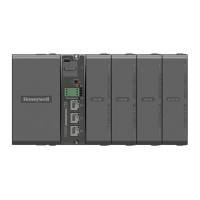
